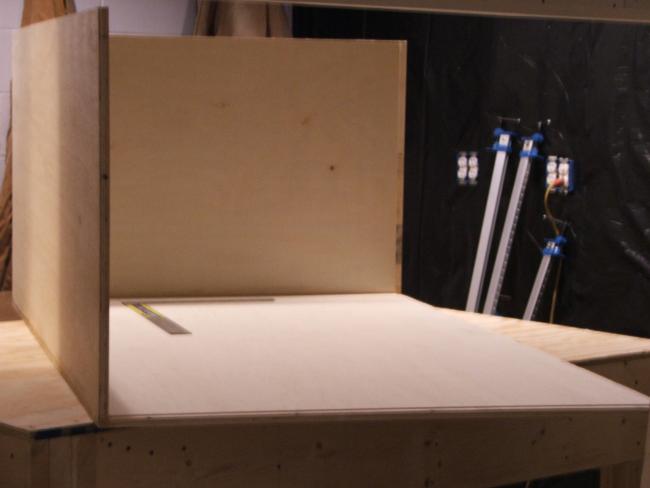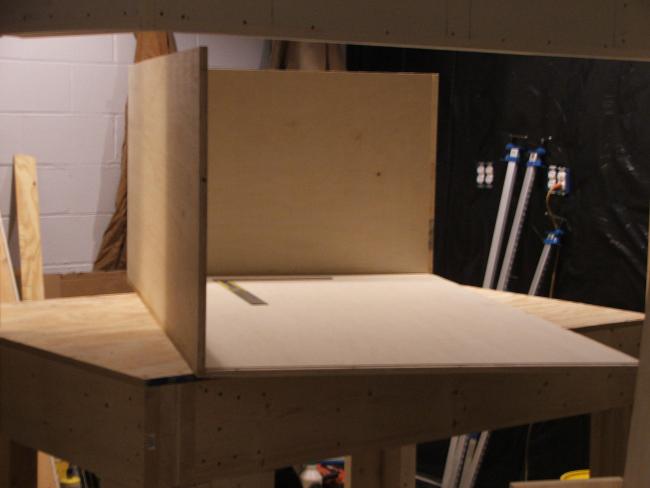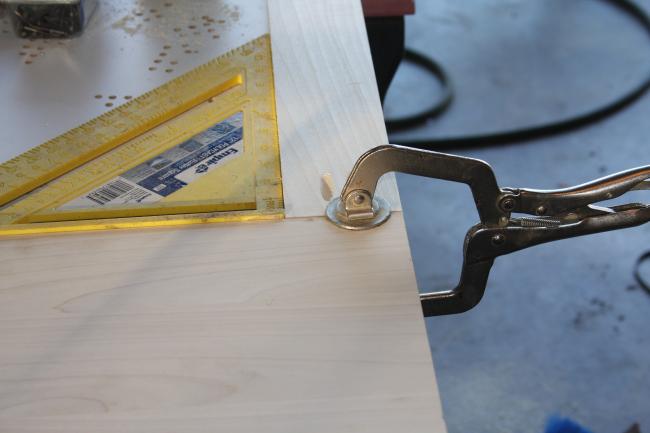jchase1970
Member
"I've never known a certified electrician to install more than one GFCI per circuit. If you want them all protected then just install one GFCI as the first outlet in the circuit. Better yet install a GFCI Breaker, they are LESS likely to cause false trips."
I'm a license master electrician and I have often installed more then one GFI receptacle on 1 circuit. It prevents a whole circuit outage if just 1 receptacle has a Ground fault. Breakers are no less likely to trip from nusiense trips. It also aids in troubleshooting because you can pinpoint the problem device much easier. It can often be cheaper as well, IE a Squared D QO brand GFCI breaker will cost as much as 5 GFCI receptacles.
"If water splashes on an outlet or a heater cracks in a tank with a standard breaker would it not trip also? Is that not what breakers are used for, to help prevent fires?"
Not if a heater breaks in your tank/sump it will not trip the breaker, have had first hand experience in this matter. There has to be a short circuit for a standard circuit to trip. If a heater case breaks and the internals are not damaged it will just induce stray voltage into the tank. Standard breakers are not meant to prevent fires they are ment to shut a circuit off that is overloaded, which might cause a fire but not always. A GFIC breaker is for personal protection as it looks for a 2nd path to ground which is normally a person. A Arc fault breaker is designed for fire prevention and detects sparking arcs in the circuit and shut the circuit off.
"Grounding probe, ofcorse, why not? But they do not need to be on GFCI as long as the curcuit is properly grounded like all circuits SHOULD be to begin with."
a ground probe on a GFIC will provide the 2nd path to ground and trip the GFIC before you stick your hand in the tank. It's alerts you to a hazard before you are placed in jeopardy.
I'm a license master electrician and I have often installed more then one GFI receptacle on 1 circuit. It prevents a whole circuit outage if just 1 receptacle has a Ground fault. Breakers are no less likely to trip from nusiense trips. It also aids in troubleshooting because you can pinpoint the problem device much easier. It can often be cheaper as well, IE a Squared D QO brand GFCI breaker will cost as much as 5 GFCI receptacles.
"If water splashes on an outlet or a heater cracks in a tank with a standard breaker would it not trip also? Is that not what breakers are used for, to help prevent fires?"
Not if a heater breaks in your tank/sump it will not trip the breaker, have had first hand experience in this matter. There has to be a short circuit for a standard circuit to trip. If a heater case breaks and the internals are not damaged it will just induce stray voltage into the tank. Standard breakers are not meant to prevent fires they are ment to shut a circuit off that is overloaded, which might cause a fire but not always. A GFIC breaker is for personal protection as it looks for a 2nd path to ground which is normally a person. A Arc fault breaker is designed for fire prevention and detects sparking arcs in the circuit and shut the circuit off.
"Grounding probe, ofcorse, why not? But they do not need to be on GFCI as long as the curcuit is properly grounded like all circuits SHOULD be to begin with."
a ground probe on a GFIC will provide the 2nd path to ground and trip the GFIC before you stick your hand in the tank. It's alerts you to a hazard before you are placed in jeopardy.



















